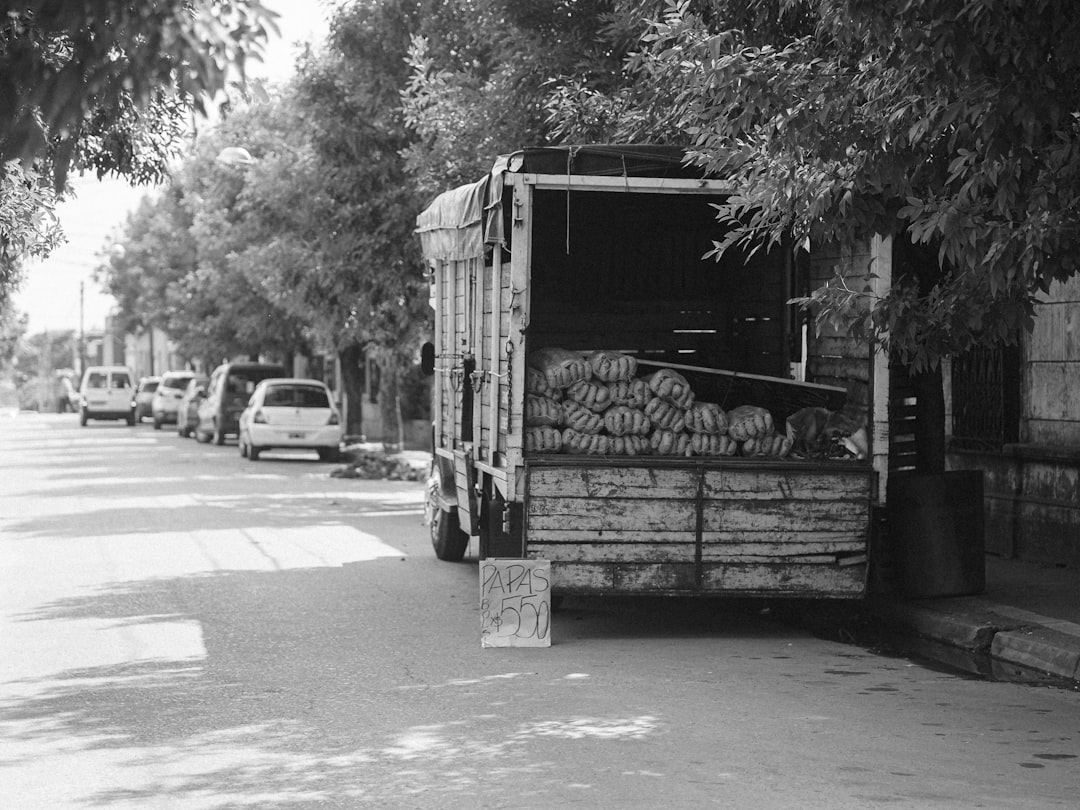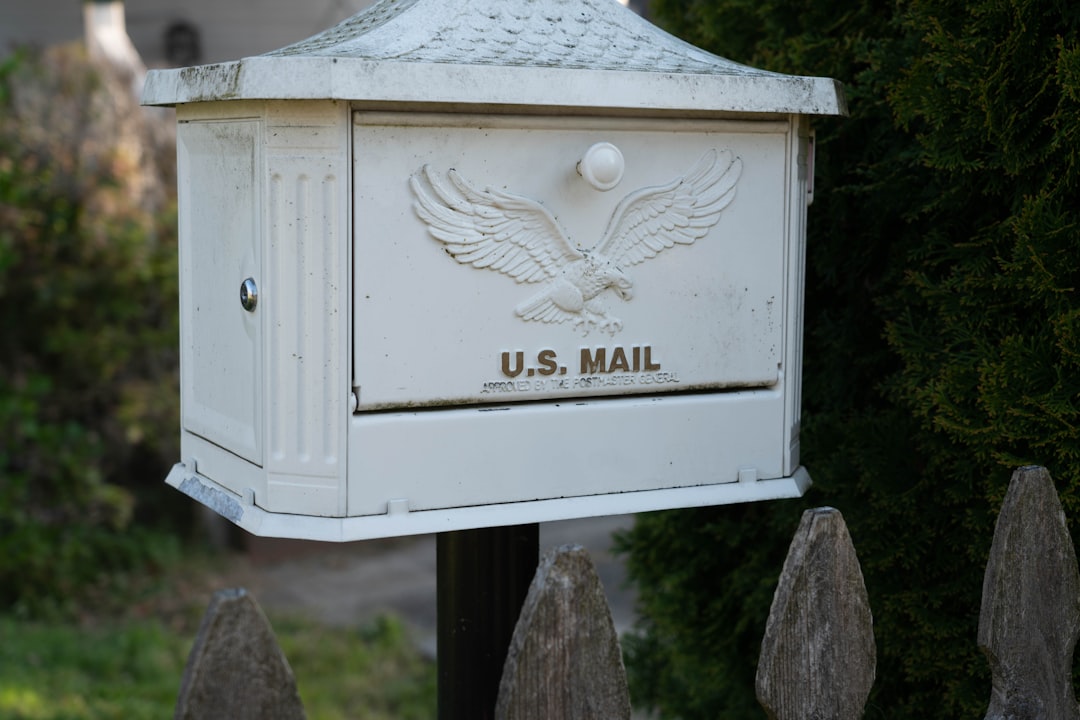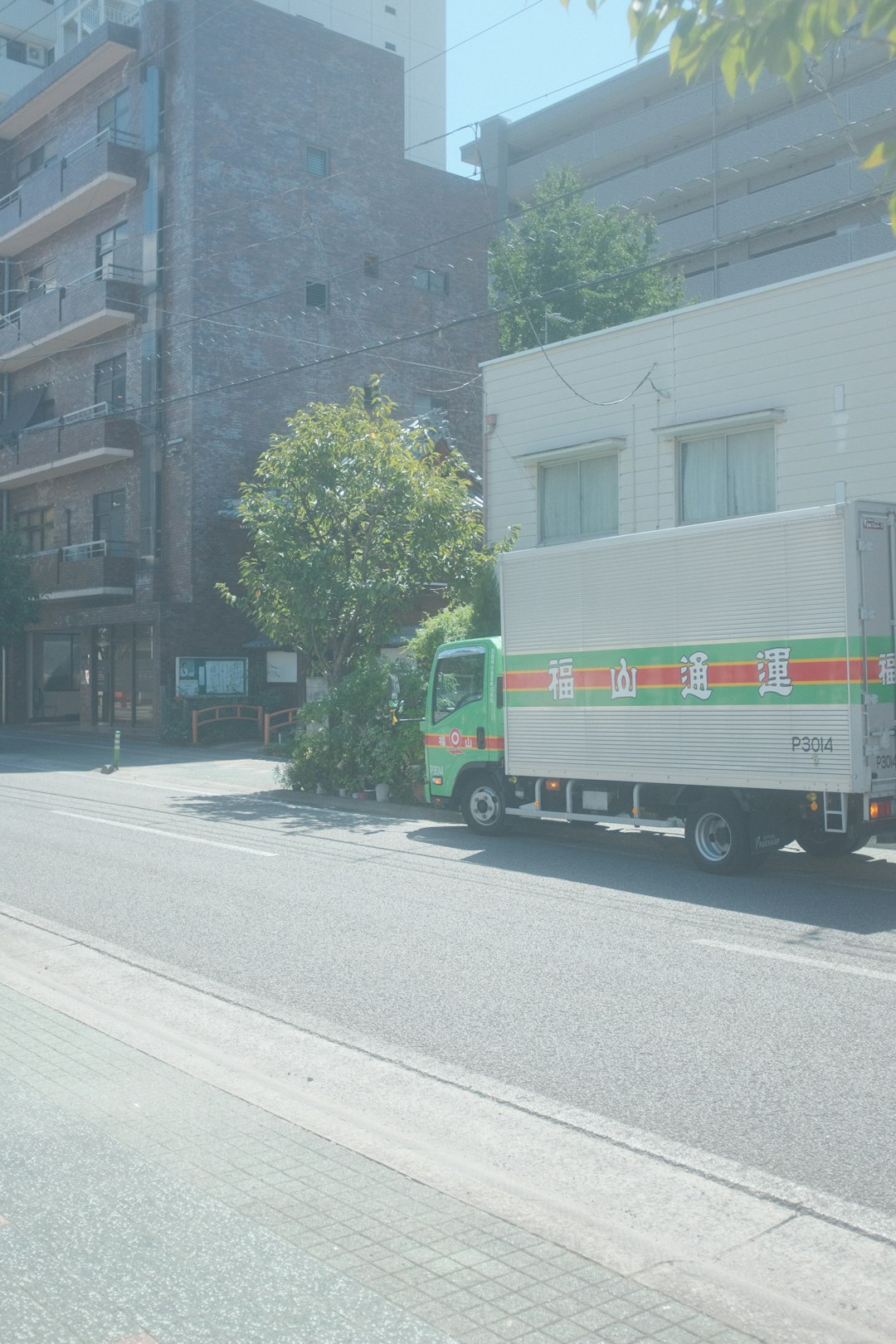In an increasingly digital world, the reliability and accuracy of postal and delivery services are essential. Online shopping, subscription services, and even medical prescriptions all rely on accurate addresses to ensure timely delivery. However, one persistent challenge in the UK—especially in urban centres—is the misdelivery or non-delivery of parcels due to improper or inconsistent addressing of flats and buildings.
Addressing issues in multi-occupancy buildings are not only frustrating for recipients and delivery companies but also costly for businesses and potentially dangerous when it comes to vital communications. Understanding the common causes and solutions for flat and building addressing problems is vital for landlords, property developers, residents, and logistics professionals alike.
Why Addressing Matters
In the UK, the Royal Mail and third-party delivery companies alike depend on consistent, unambiguous, and officially registered addresses. Each address should correspond with a unique dwelling or commercial unit. However, this becomes problematic in buildings that contain multiple flats or business units but fail to label or register them correctly.
Flat delivery failures are often the result of:
- Incorrect or incomplete address details provided during online checkouts.
- Poor signage or missing internal directional information.
- Unregistered flats with Royal Mail or local authority databases.
- Several addresses being merged into one building-level address.
- Delivery drivers unable to access communal areas or buzzers not identifying specific units.
The Role of Address Databases
The Royal Mail’s Postcode Address File (PAF) and the Ordnance Survey’s AddressBase databases are the bedrock of address verification services used nationwide. If a flat or building is not properly registered in these databases, many online retailers and delivery systems will either reject the address or fail to route it correctly. This results in failed deliveries, returned items, and in many cases, financial loss.
To compound the problem, when developers create new buildings or convert existing properties into flats, they sometimes fail to notify Royal Mail or local councils. The result is an insufficient entry—or no entry at all—for the flat in these key systems.

Anyone living in a building with a confusing address layout has likely experienced the inconvenience of misplaced packages or repeated instructions to drivers. The problem is widespread. Flats numbered incorrectly or inconsistently (e.g., Flat 1A, Unit 1 First Floor, Studio 1, etc.) make it nearly impossible for couriers and systems to automate delivery routes effectively.
How to Register or Correct Flat Addresses
Address corrections don’t just benefit individual recipients—they improve overall mail efficiency. If you’re a building owner or resident and suspect that your flat address isn’t officially recognised, there are steps to take.
- Contact Your Local Council: They are responsible for assigning official property addresses under the Street Naming and Numbering (SNN) powers. If the building has new flats, it must be registered with the council before Royal Mail can recognise the units.
- Royal Mail Notification: Once the local authority approves the new address, they will typically notify Royal Mail directly. However, this doesn’t always happen promptly. Residents can contact Royal Mail’s Address Management Unit (AMU) to confirm the status or request updates.
- Communicate with Delivery Companies: Larger couriers such as DPD, Evri, and Amazon allow users to provide delivery preferences or precise navigation help (e.g., “second floor, left side, buzzer #3”). These notes can aid delivery attempts while the formal address is being corrected.
Proper Labeling Within Flats and Blocks
Address recognition is just half of the solution. With many modern delivery methods bypassing local sorting centers and going straight to the door, the internal signage of a building plays a vital role. Even buildings with perfectly registered addresses can suffer from failed deliveries due to:
- Unmarked or ambiguously marked flat doors.
- Poor or illegible numbering in entryways and stairwells.
- No visible indication of how to find specific units from the main entry (e.g., Flat 3 is on the third floor, left corridor).
Clear, weather-resistant flat numbers and directional signage are not luxuries—they are necessities. Building managers should regularly check that all units are properly labeled with durable door signage and that navigation aids are present in communal areas.
Software and Systems: Digital Solutions
Many property managers and developers are now turning to address verification and navigation software during construction to prevent these problems. Tools like Loqate, What3Words, and Ordnance Survey’s address APIs are designed to help create accurate, postal-compliant addresses at the development stage.
Likewise, delivery companies are adopting AI and GPS-based routing systems that take precise coordinates into account. Still, these tools rely on a base layer of data being accurate—which circles back to the importance of proper registration and signage.
Case Study: Austerfield Court, East London
In 2022, Austerfield Court, a newly built residential block, faced ongoing mail losses. Of its 18 units, only 6 were listed on many online address forms. After months of investigation involving residents, Royal Mail, and the local council, it was discovered that the building developer had never submitted an official Street Naming and Numbering request. Mail for unregistered flats was being returned or scattered across random units.
With pressure from residents, the council finally completed a retrospective SNN process, allowing the Royal Mail to update their PAF entry and delivery issues to cease. The incident highlighted the importance of collaboration between property developers, councils, and national databases from the outset.

Tips for Residents to Minimise Delivery Issues
Even while waiting for official updates or if living in an older property with sporadic data, residents can take steps to improve delivery accuracy:
- Use consistent address formatting when ordering online. Always include Flat Number, Building Name (if applicable), Street, Town, and Postcode.
- Double-check if your exact flat number appears in address dropdowns during checkout. If not, notify the customer service of the vendor and suggest a manual correction.
- Provide delivery instructions wherever allowed, especially for GPS-challenged addresses.
- Label your door clearly with a number or name that matches mail expectations.
- Coordinate with neighbours or building managers to improve communal signage and ID tags.
Conclusion
Addressing in the UK may appear straightforward at first glance, but the realities of urban architecture and changing infrastructure reveal numerous pitfalls—particularly for flats and multi-unit buildings. Proper registration, consistent formatting, and clear internal signage can make all the difference between reliable delivery and complete failure.
Stakeholders at every level—residents, developers, council authorities, and delivery companies—must work together to ensure addressing data is accurate and accessible. With a proactive approach, delivery failures can be significantly reduced, leading to increased satisfaction, efficiency, and safety across the board.


